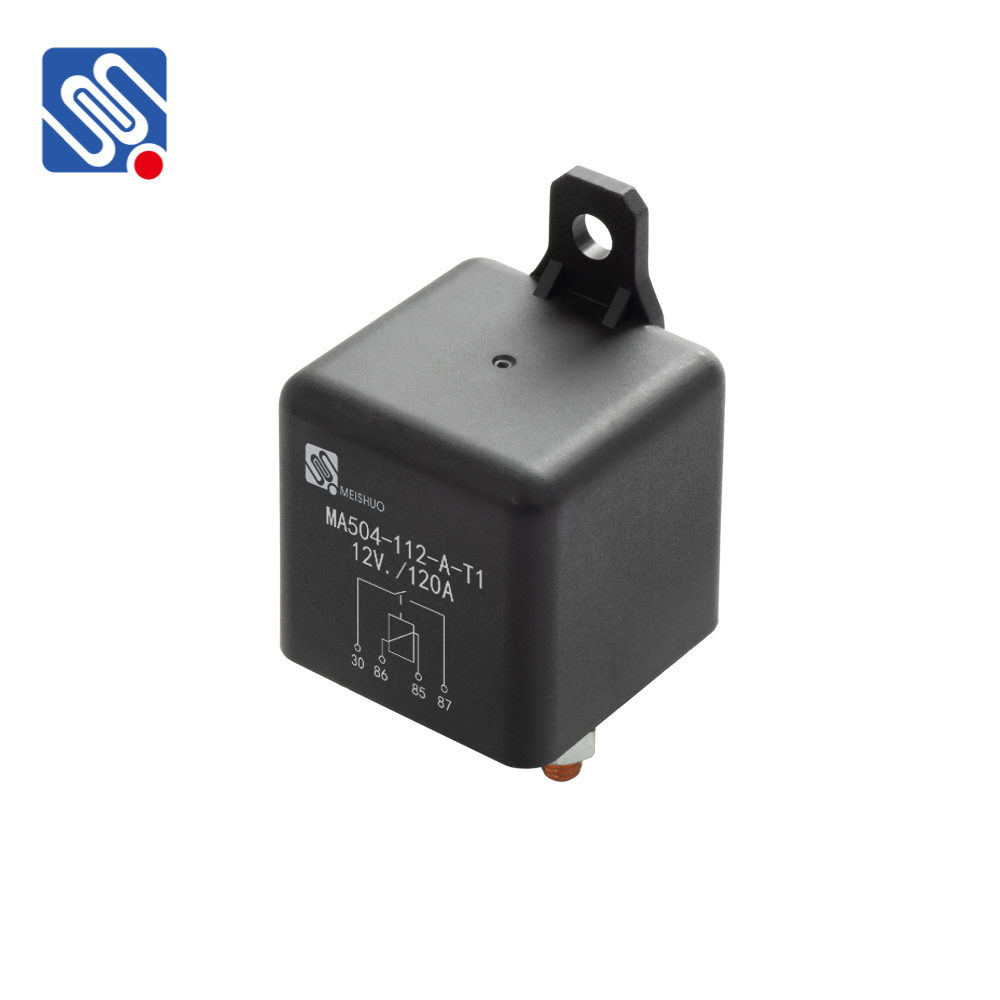Relay isolation is a fundamental concept in electrical and electronic systems, providing crucial separation between different circuit components to enhance safety, reliability, and efficiency. This process involves using relays to electrically isolate different parts of a system, ensuring that the electrical signals do not interfere with each other. Relay isolation is particularly valuable in scenarios where electrical components with varying voltage levels need to be integrated, as it helps prevent high-voltage circuits from affecting sensitive low-voltage control systems.

What is Relay Isolation? At its core, relay isolation is the use of electromagnetic relays to provide electrical isolation between circuits. A relay operates as an electrically controlled switch, where the opening and closing of its contacts are driven by an external control signal, usually of lower voltage and current. This allows high-power or high-voltage circuits to be controlled by low-power signals, while keeping the circuits physically and electrically separated. The isolation between the two circuits is typically achieved through the mechanical contacts within the relay or through optical isolators in more modern designs.